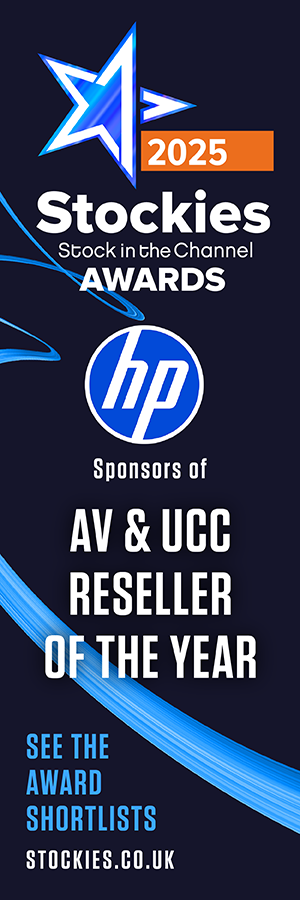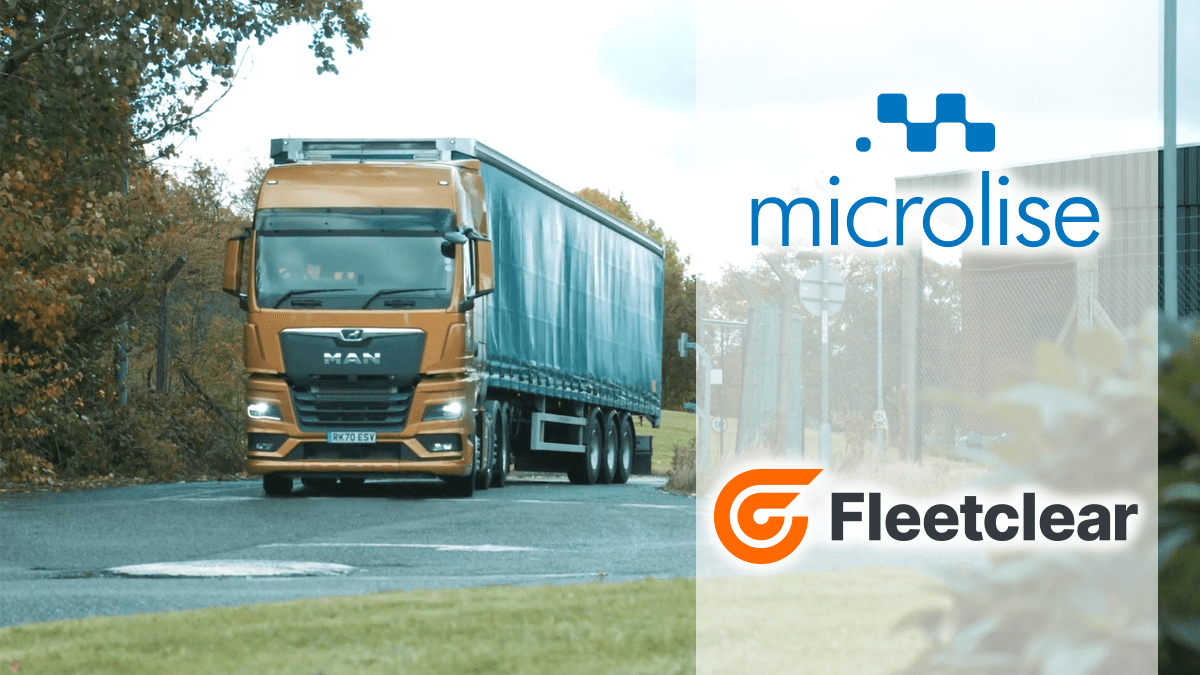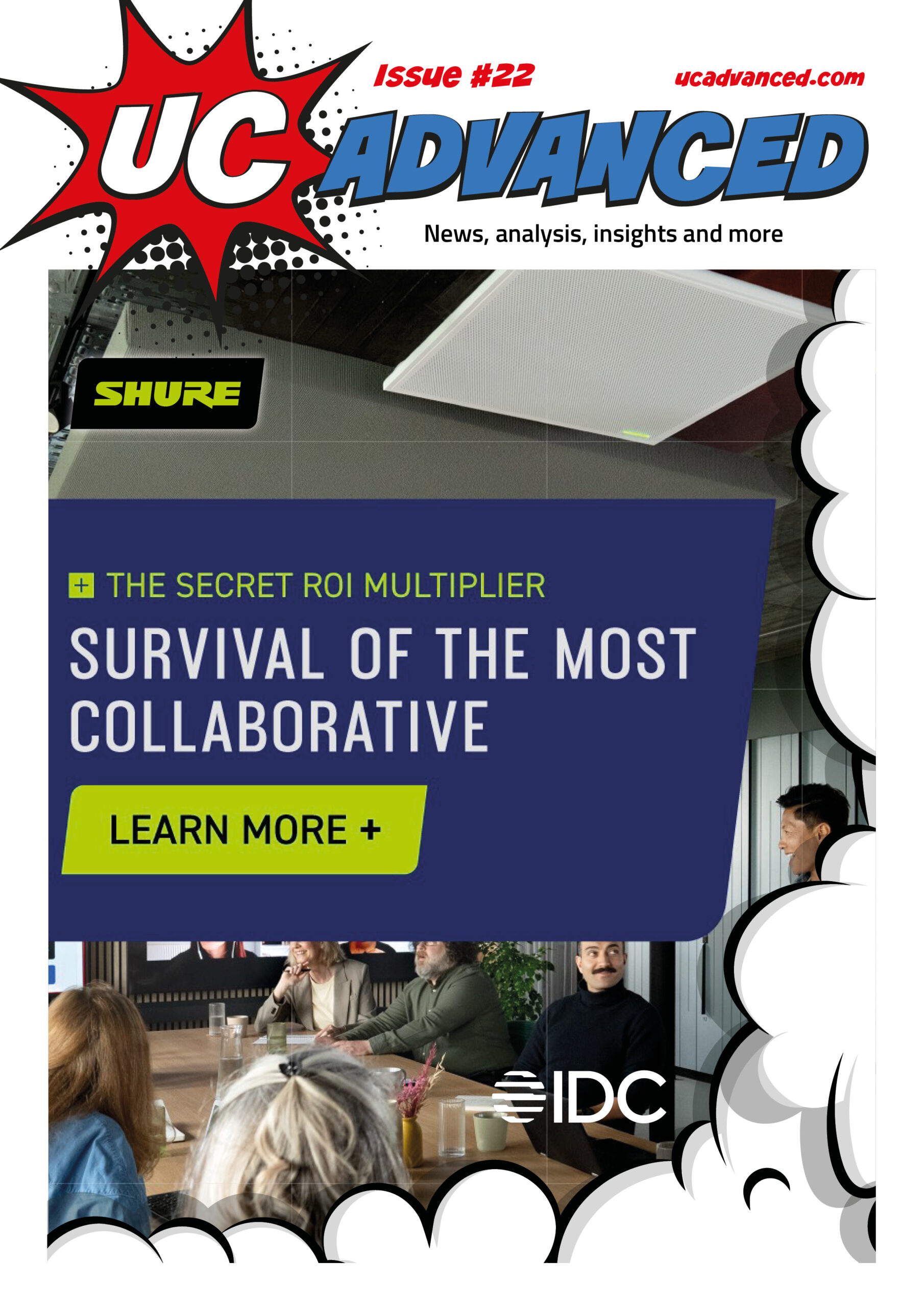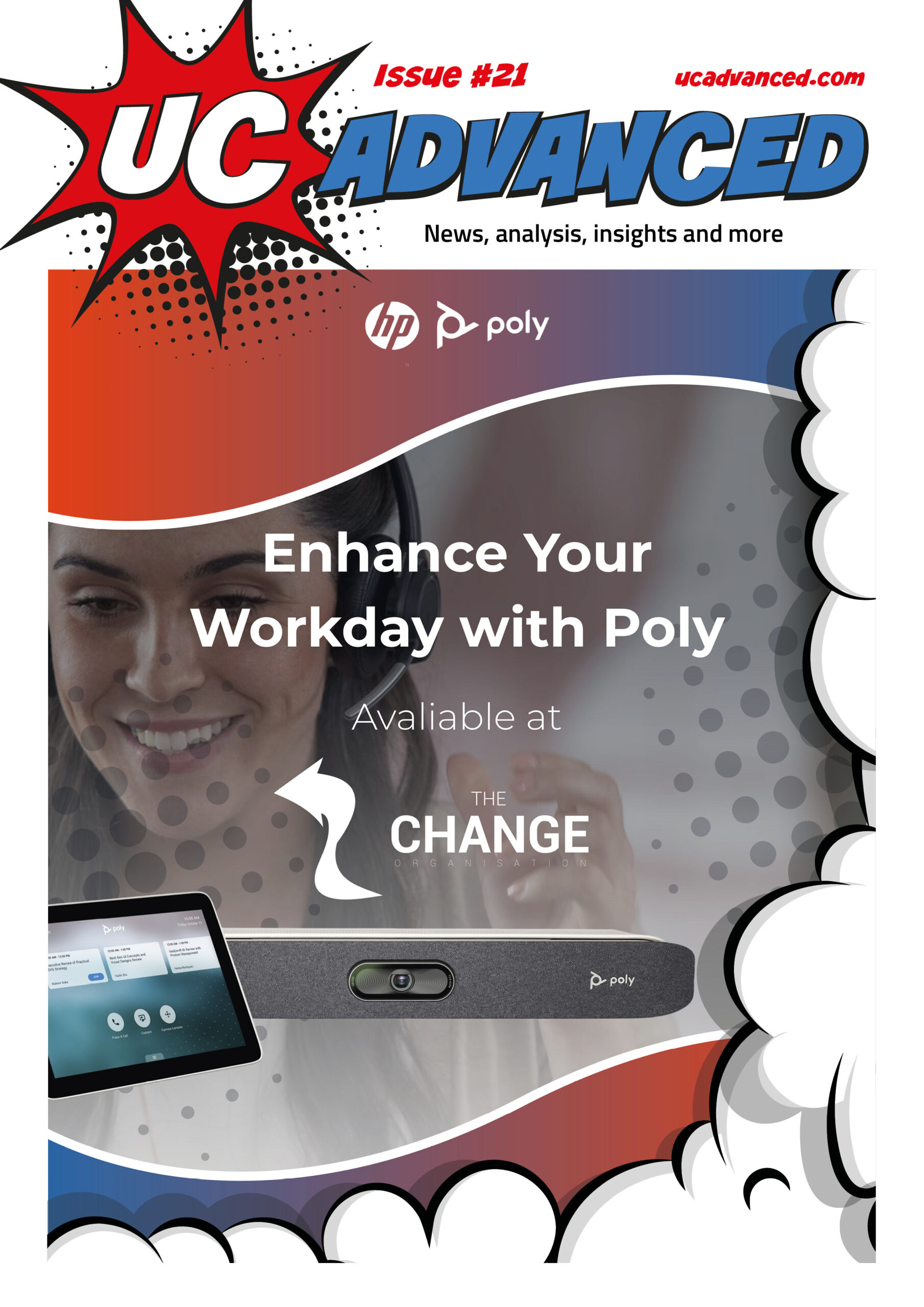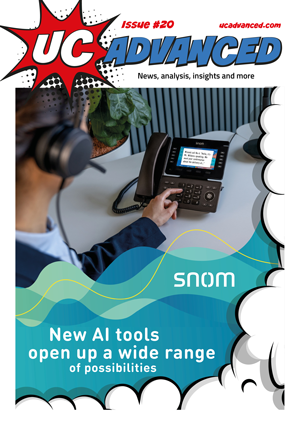The drive for ever-increasing efficiency shows no sign of slowing down in the haulage sector and many operators are using technology and communications solutions to help them save time, emissions, and improve their profit margins.
There is an oft-mentioned phrase in the haulage sector: ‘Without trucks, you would be homeless, hungry and naked’. It is a stark phrase, but there is truth to it: most products in this country arrive at their destination via a truck at some point – from bricks to apples to the latest fashion.
The pandemic brought home how important the haulage sector is to the UK as companies, from international companies with thousands of trucks to owner-drivers, kept the country supplied as much of it went into lockdown.
But crucial to the smooth running of this industry is communication technology. While telematics systems have been in the industry for many years now, more recently a raft of other technologies have been embraced as businesses look to become more efficient and profitable while reacting to the desire in the market for ever-shorter delivery times.
Microlise is a provider of such technology and has been in the sector for some 20 years now, in which time the industry has changed wholesale, as managing director Nadeem Raza explains. “What comms technology and telematics has allowed hauliers to do is be able to do more work with the same number of people, drivers and vehicles,” he says. “It has also allowed them to do it much more efficiently by monitoring how people are driving and therefore helping them improve the efficiency of their driving, hence reducing fuel consumption.
“It also helps to manage the loads. If you’ve got temperature-controlled goods and the like, you can make sure that the temperature remains constant throughout the journey of that load.
“It has also allowed hauliers to cut out a lot of the admin. For example, if you know where a vehicle is, you know where it’s going or if it’s delayed, you can automatically tell the destination that it’s going to be 15 minutes later or whatever, and that doesn’t require any kind of human intervention. It’s all handled automatically by the systems that are in place.”
Likewise, much of the previously paper-based admin is now done electronically, saving time for those in the office and on the road.
Improving efficiency
This is an example of the sorts of efficiencies operators are looking for. “Our customers want anything that can help improve their efficiency,” says Nadeem. “It’s being driven by consumer demand and particularly eCommerce, where people want to order more lower-value goods and get them faster and more cheaply to their front door. Now in some areas, we’re looking at same-day deliveries for very low-value items. And you’re not paying an awful lot for the delivery charge.”
But there is plenty of technology to help haulage businesses now. “When Microlise first started out, we had just one device on the vehicle that recorded information about where it was,” says Nadeem. “Today you might have five or six devices on the vehicle that each have their own modem, SIM or airtime contract, reporting different things back to different systems. What you typically get on a vehicle is a telematics device installed by the manufacturer that collects engine information. Then you have a device that’s installed by a third party like ourselves post-sale, which looks at where it is and helps drive the logistics operation. You may also have refrigeration equipment on the vehicle that also has its own device sending back temperature information. There may be other sensors recording things like the weight of the vehicle or a device on the trailer.”
Making life easier
The aim of this technology is to make life easier for drivers and managers. “Operators want the driver spending their time driving the vehicle from A to B, rather than filling out paperwork or at a location waiting for somebody else to unload their vehicle,” says Nadeem. “All of that is wasted time because that’s not moving goods, which is what they’re being paid for. So if you can reduce the admin and the turnaround time – the time it takes to do an actual delivery – then the driver spends more time driving and earning the operator money for moving goods. If they can get a few extra deliveries done within a set timeframe it brings the cost of the logistics operation down.”
Communication is essential as not every delivery is pre-planned, so a driver may know where they start, but not where they will need to go that day. “In that scenario, you need to be able to have real-time communications with the driver and be able to send them updates on the address or even feed that directly into the satnav so it automatically appears as their next destination,” says Nadeem.
Camera action
While telematics systems tracking a vehicle have been bread-and-butter sales for businesses in this sector for many years, there is growing demand for camera solutions, Nadeem says. “Initially that was all about having camera solutions so that you could tell what happened if there was an accident,” he says. “Generally, if a truck has an accident, compared to a car, it’s going to cost you probably ten times more money because usually they cause more damage. But now we’re seeing demand for things like driver fatigue – cameras that look at the driver and check if they are exhibiting signs of being tired, or that they are paying attention to the road ahead and not on their mobile phone or things like ensuring they are wearing a seatbelt.”
Nadeem adds that these devices have their own system for sending back information or sending alerts should there be an accident. “There’s a plethora of different types of devices that can be installed on trucks, and sometimes vans, and other commercial vehicles as well,” he says.
Growing market
There are many solutions on the market, which means it is a good market for tech and comms resellers to get involved with. “It is a growing market,” says Nadeem. “Logistics is one of the fastest growing industries in the UK and operators continually want to drive out costs make the process more efficient, while making sure that drivers and vehicles are as safe as possible and trying to reduce their emissions.
“It’s all about trying to make the whole thing as efficient as possible, because the operators operate on very small margins, generally sub 10% and, in some cases, it’s only 2-3% margin. So if you can do something that helps them improve their efficiency by 4-5% that’s a big impact on their bottom line.”
Nadeem adds that there are only going to be more opportunities as more communication devices are fitted to trucks.
“At one point you used to just have one, then it became three or four and now you can find six or seven comms devices on a single truck, all sending back different types of data. As people look at putting more sensors on the trucks and collecting more types of data, that number will only increase.”
Making the connection
Fleet solution provider Fleetclear recently equipped Milton Keynes City Council’s new fleet with live camera recording systems to track and enhance the safety of the vehicles and consolidate vehicle and driver data using its Fleetclear Connect software.
In September, SUEZ Recycling and Recovery UK commenced its new five-year contract to carry out municipal collection and street cleansing for Milton Keynes City Council servicing about 119,000 households across the city.
As part of this, the council has been provided with a new fleet comprising 127 vehicles, 25% of which are electric, including 65 refuse collection vehicles and light commercial vehicles for street cleansing, grounds work and play area maintenance.
The vehicles are equipped with 360-degree RXLite LIVE camera recording systems to provide real-time tracking, improve safety and record any issues. SUEZ has also adopted the Fleetclear Connect software platform to consolidate tracking and telematics information, driver behaviour monitoring, vehicle compliance and operational safety technology.
“The Fleetclear Connect system brings everything together in one place, connecting our vehicle safety technology with the journey and driver data, to give us all the information we need and a clear picture of every aspect of our vehicles, drivers and operations,” says Daniel Gillert, regional business manager for SUEZ Recycling and Recovery UK.
Mike Crowther, national key account manager, Fleetclear, adds: “The combination of RXLite and Fleetclear Connect provides a complete, end-to-end solution, connecting all vehicle and driver information in one place, easily accessed via a secure internet portal.”

